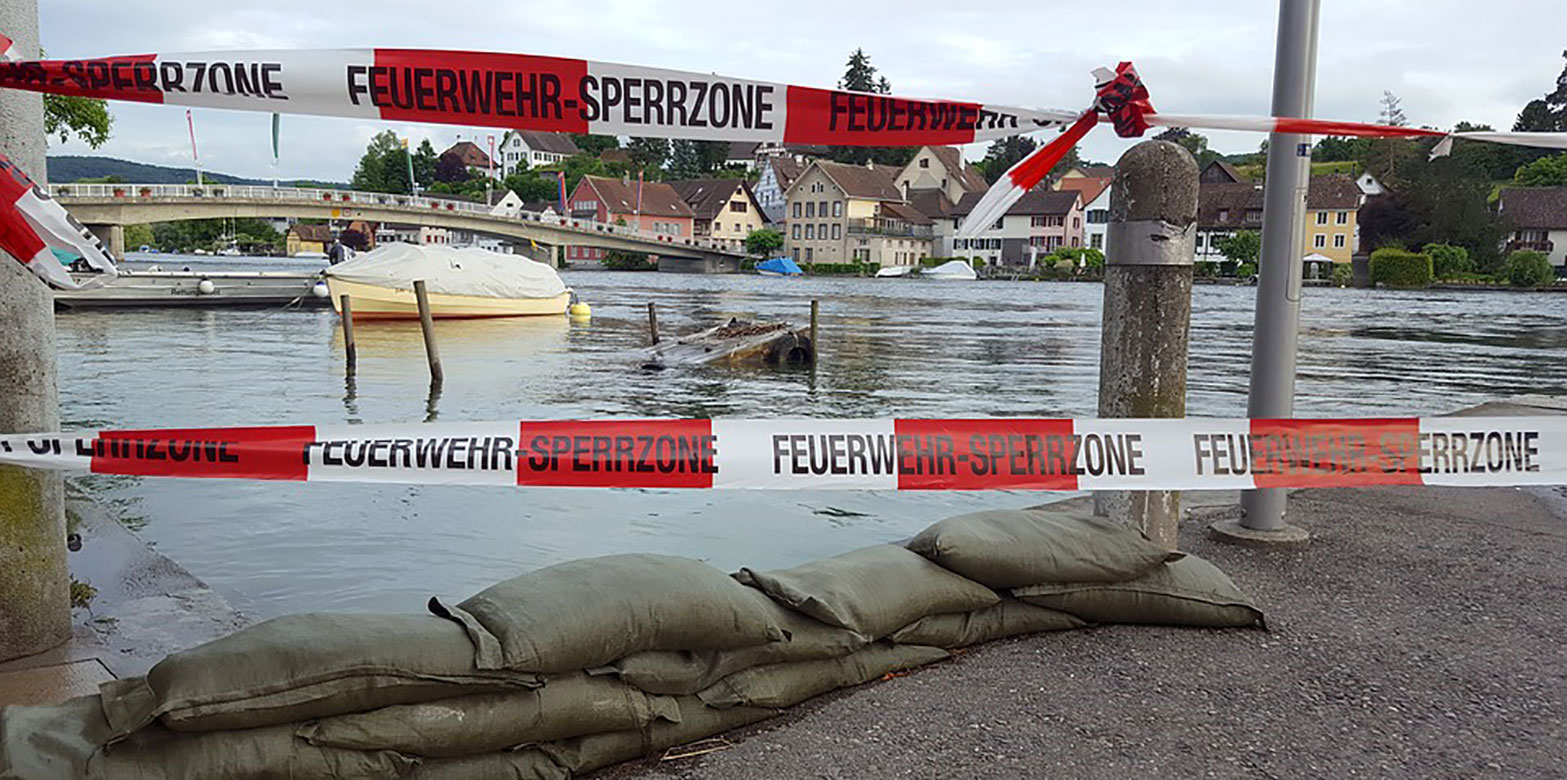Individual Disaster Preparedness: Explaining Disaster-related Information Seeking and Preparedness Behavior in Switzerland
In this CSS Risk and Resilience Report, Marco Käser, Linda Maduz, Tim Prior & Florian Roth investigate the drivers of information seeking and hazard preparedness behaviour in the German and French speaking parts of Switzerland. The results show that people appear to be seeking more information about risks and demonstrate higher levels of risk perception, but this does not necessarily correlate with increased knowledge about potential preparations or actual preparation.

Individual disaster preparedness is shaped by a broad variety of psychological, socio-economic and cultural factors which interact in complex ways. The present study makes a preliminary effort to understand the drivers of information seeking and preparedness behavior in the German and French speaking parts of Switzerland. It analyzes the important driving factors behind individual information seeking about hazard preparedness and seeks to generate the basis for a discussion on how well-designed disaster management and risk communication practices can contribute to advances in the field.
Preparatory measures for disasters can take on a variety of concrete forms. Generally speaking, they refer to actions that prevent or reduce the risk of injuries and damage caused by, or associated with, hazard events. In practice, academic researchers and emergency practitioners have widely agreed on a conception of individual disaster preparedness that is composed of two elements: emergency supplies on the one hand and emergency plans on the other hand. While emergency supplies include the sufficient storage of water and food, for example, emergency plans refer to the development of clearly defined procedures and capabilities to respond to specific emergencies before they arise (such as the identification of escape routes, communication and reunion strategies, etc.).
In a previous study, the CSS examined the hazard information needs of the Swiss population using a panel survey. The work established descriptive and comparative differences between 2011 (when the same survey was last completed) and 2017. The present study more deeply explores this data to understand the explanatory relationships between key influential factors and information seeking behavior.
Based on the analyses conducted in this study, four important conclusions can be drawn from the work:
- While people seem to be seeking more information about risks, and demonstrated higher levels of risk perception, these factors don’t necessarily correlate with increased knowledge about potential preparations, or actual preparation.
- As highlighted by previous work by the CSS (Prior and Herzog, 2015a), considering several key elements when developing risk information will likely improve the ability of the public to translate risk information into action.
- Focusing on demographic factors as drivers of information assimilation and action when developing risk communication messages and process is insufficient. An understanding of the way demographic characteristics affect information seeking, preparedness knowledge, and preparedness behavior must be mixed with a consideration of the way socio-cognitive factors affect peoples’ decisions. By combining both, risk communicators can reasonably develop effective and efficient risk communication resources.
- Proper preparedness requires planning. The study demonstrated that people who develop an emergency plan generally demonstrate higher levels of preparedness knowledge than people who report having an emergency supply of food and water.
Utilising the 2011 information seeking survey as the basis of the 2017 survey permitted a comparison in the Swiss public’s information seeking behavior between 2011 and 2017. However, this survey construction limited the ability of the research team to add psychometrically tested question-sets to the survey that would have covered some important socio-psychological factors that are known to influence both information seeking and preparedness behavior. Using this study as the basis for further analyses that specifically examine the dual influence of demographic and socio-cognitive factors on preparedness will yield a more coherent picture of the publics’ preparedness decision making, and bring this work in line with international efforts to continually improve the meaningfulness and public understanding of risk messages.